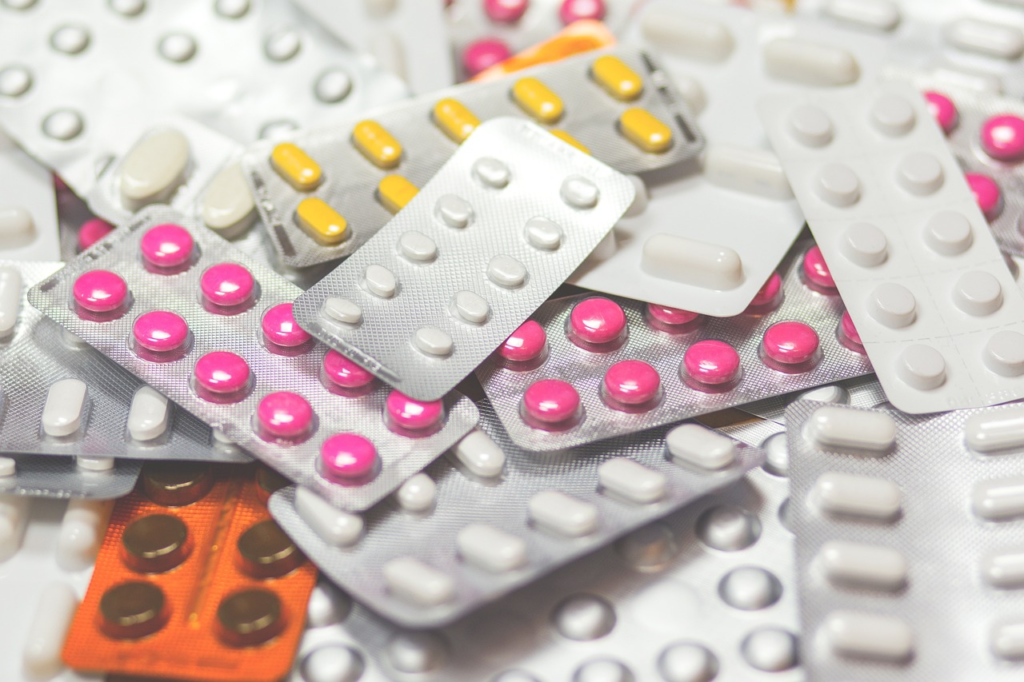When navigating the complexities of pharmaceutical shipping compliance, understanding the key factors at play is crucial for your success. This guide will equip you with essential insights, helping you to ensure that your shipments adhere to regulations, maintain product integrity, and safeguard patient safety. By focusing on these factors, you can help protect your business and promote efficient operations.
Packaging
Packaging is a critical factor in pharmaceutical shipping, as it directly impacts product safety, integrity, and compliance with regulatory standards. Experienced TSS workers can explain how proper packaging protects medications from environmental factors such as moisture, temperature fluctuations, and physical damage during transit. Additionally, it helps prevent contamination and ensures that products remain tamper-proof.
To package pharmaceuticals effectively, use high-quality materials that are designed specifically for medical products, such as insulated containers and moisture barrier bags. Implement temperature monitoring devices and ensure that the packaging meets all relevant regulations, including labeling requirements. It’s also important to consider the specific shipping conditions and choose materials that can withstand them. By prioritizing packaging, companies can enhance product reliability, maintain compliance, and ultimately safeguard patient health and safety.
Temperature Control
Temperature control is an essential factor in pharmaceutical shipping, as many medications are sensitive to fluctuations that can compromise their efficacy and safety. Exposure to inappropriate temperatures can lead to chemical degradation, decreased potency, and potential health risks for patients. To optimize temperature control, it is vital to employ temperature-sensitive shipping solutions such as refrigerated containers or thermal blankets.
Utilizing data loggers and temperature monitoring devices allows companies to track conditions throughout the shipping process, ensuring that products remain within the required temperature range. Collaborating with reputable carriers who are equipped to handle temperature-sensitive shipments further enhances compliance. Further, conducting thorough risk assessments and developing contingency plans for unexpected temperature variations helps maintain integrity during transit. By effectively managing temperature control, pharmaceutical companies can safeguard product quality and maintain compliance with regulatory standards, ultimately protecting patient health.
Security Measures
Security is paramount in pharmaceutical shipping, as medications can be high-value targets for theft and counterfeiting. Implementing robust measures at every stage of the supply chain is critical to minimize vulnerabilities and risks. Here’s what you need:
- Temper-evident packaging
- GPS tracking and monitoring
- Secure handling procedures
- Access control
- Surveillance systems
- Alarm system
- Shipping authentication
- Inventory management
- Secure transportation
- Incident response plan
The high value of these products makes them attractive targets for criminals. By implementing comprehensive security protocols, such as GPS tracking and secure handling procedures, companies can mitigate risks and ensure that products reach their destination safely. These safeguards not only protect inventory but also uphold regulatory compliance and maintain patient trust in the healthcare system.
Regulatory Compliance
Regulatory compliance ensures that medications are handled, stored, and transported in a manner that guarantees product quality and patient safety. Non-compliance can result in severe consequences, including product recalls, legal penalties, and damage to a company’s reputation.
To achieve compliance, organizations should familiarize themselves with local and international regulations, such as FDA or EMA guidelines, and implement standard operating procedures (SOPs) to align with these requirements. Regular training for employees on compliance protocols and conducting audits of shipping practices can reinforce adherence. Additionally, working with regulatory experts and maintaining transparent communication with shipping partners will further ensure that all aspects of pharmaceutical shipping meet necessary legal and safety standards.
Documentation and Record-keeping
Documentation and record-keeping provide a traceable history of each product’s journey from manufacturer to patient. Accurate records ensure compliance with regulatory requirements, facilitate audits and support transparency throughout the supply chain. By maintaining comprehensive documentation, companies can quickly resolve any discrepancies or issues that may arise, enhancing accountability and trust.
To achieve effective documentation, organizations should implement standard operating procedures (SOPs) that outline the required records, such as shipping logs, temperature monitoring data, and quality assurance reports. Utilizing digital systems for real-time data entry and retrieval streamlines record-keeping, making it easier to access and share information as needed. Regular training for employees on the importance of documentation can further bolster compliance efforts.
Training and Quality Assurance
Proper training equips employees with the knowledge and skills needed to adhere to regulatory requirements and best practices, ensuring that all procedures from handling to transportation are executed correctly. Regular QA checks help identify potential discrepancies and areas for improvement, maintaining high standards throughout the supply chain.
To ensure effective training and QA, organizations should develop structured training programs that include updates on regulations, hands-on practice, and assessments to reinforce knowledge. Plus, implementing routine QA audits and providing feedback can foster a culture of continuous improvement and accountability, ultimately safeguarding patient health and product quality during shipping.
In conclusion, adhering to pharmaceutical shipping compliance is essential for safeguarding product integrity and patient safety. By prioritizing key factors such as packaging, temperature control, security measures, regulatory compliance, documentation, and training, you can effectively navigate the complexities of this industry. Your commitment to these practices will not only protect your business but also uphold trust within the healthcare system.






